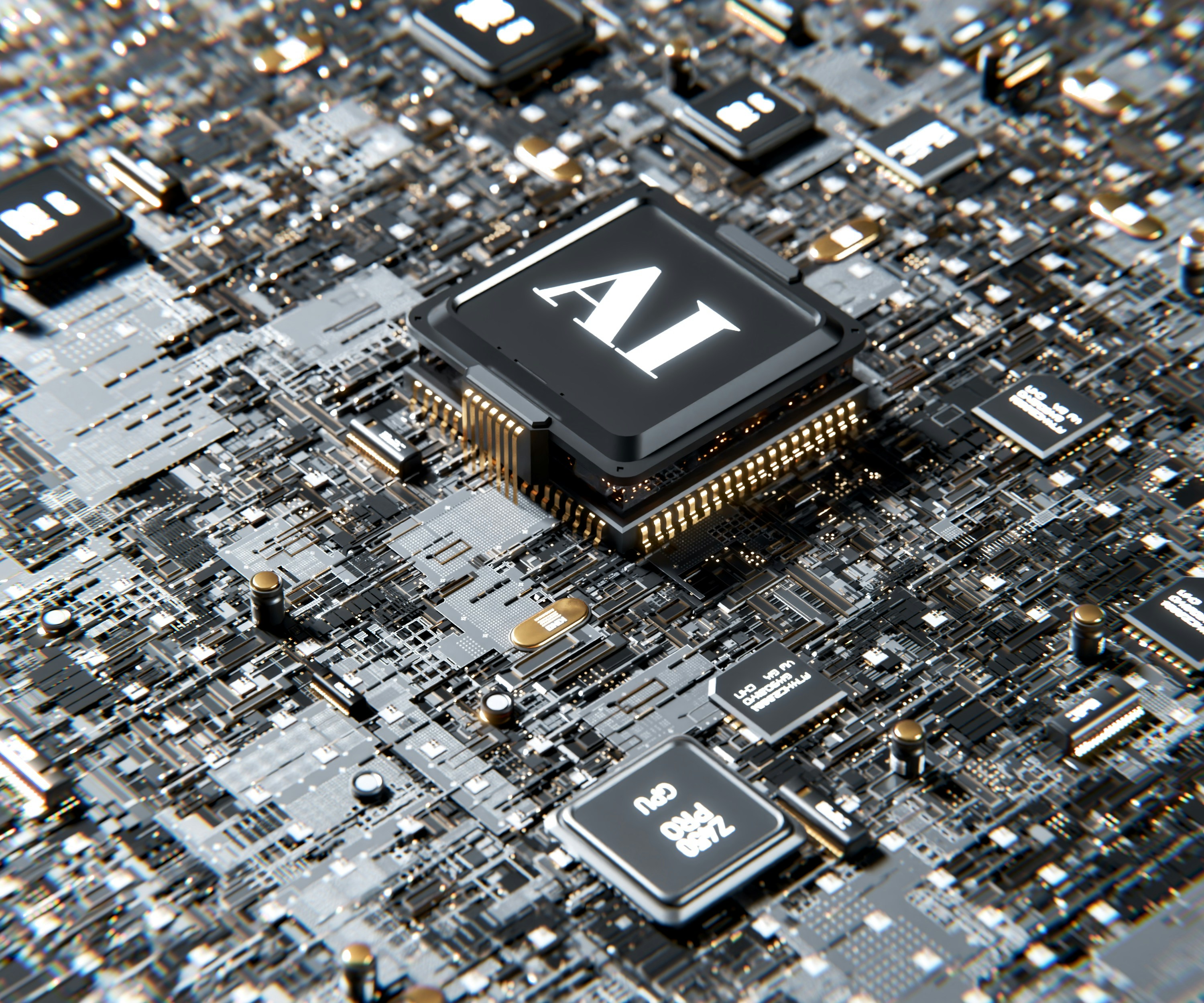BLOCKCHAIN
Exploring Smart Contracts: Benefits and Use Cases
Jan 12, 2022
Artificial Intelligence (AI) has become a buzzword in almost every industry, promising to revolutionize the way we work, interact, and live. From powering virtual assistants to driving autonomous vehicles, AI is increasingly shaping our world. But what exactly is AI, and how does it work? In this article, we'll demystify AI by exploring its fundamentals and understanding its basic concepts.
What is Artificial Intelligence?
At its core, Artificial Intelligence refers to the simulation of human intelligence in machines, allowing them to perform tasks that typically require human intelligence. These tasks include learning, reasoning, problem-solving, perception, and language understanding. AI systems can analyze large amounts of data, recognize patterns, make decisions, and even interact with humans in natural language.
Types of Artificial Intelligence:
Narrow AI (Weak AI): Narrow AI is designed to perform a specific task or set of tasks, such as speech recognition, image classification, or recommendation systems. These AI systems excel at their predefined tasks but lack the general intelligence and adaptability of humans.
General AI (Strong AI): General AI, also known as strong AI, refers to AI systems that possess the ability to understand, learn, and apply knowledge across a wide range of tasks, similar to human intelligence. While General AI remains a theoretical concept, researchers continue to explore its development.
Artificial Superintelligence (ASI): Artificial Superintelligence represents a hypothetical future AI system that surpasses human intelligence in every aspect, including creativity, problem-solving, and emotional intelligence. The emergence of ASI raises profound ethical and existential questions about the impact of superintelligent machines on society and humanity.
Key Concepts in AI:
Machine Learning: Machine Learning is a subset of AI that focuses on enabling machines to learn from data without being explicitly programmed. By using algorithms and statistical models, machine learning systems can improve their performance over time as they are exposed to more data.
Deep Learning: Deep Learning is a specialized form of machine learning that involves artificial neural networks inspired by the structure and function of the human brain. Deep learning algorithms can automatically learn hierarchical representations of data, leading to breakthroughs in areas such as image recognition, natural language processing, and autonomous driving.
Neural Networks: Neural Networks are computational models composed of interconnected nodes, or neurons, that process and transmit information. Inspired by the biological nervous system, neural networks are capable of learning complex patterns and relationships in data, making them a fundamental building block of AI systems.
Applications of AI:
AI is being applied across various industries and domains, transforming how businesses operate and delivering innovative solutions to complex problems. Some common applications of AI include:
Healthcare: AI-powered medical diagnosis, personalized treatment planning, and drug discovery.
Finance: Fraud detection, algorithmic trading, and personalized financial services.
Automotive: Autonomous vehicles, predictive maintenance, and smart transportation systems.
Retail: Customer segmentation, personalized recommendations, and supply chain optimization.
Customer Service: Chatbots, virtual assistants, and sentiment analysis for customer feedback.
Conclusion:
Artificial Intelligence holds tremendous potential to revolutionize our world and drive unprecedented advancements in technology, science, and society. By understanding the basics of AI, we can harness its power responsibly and ethically to create a better future for all. As AI continues to evolve and expand its capabilities, it is essential to remain vigilant and address the ethical, societal, and economic implications of this transformative technology.


